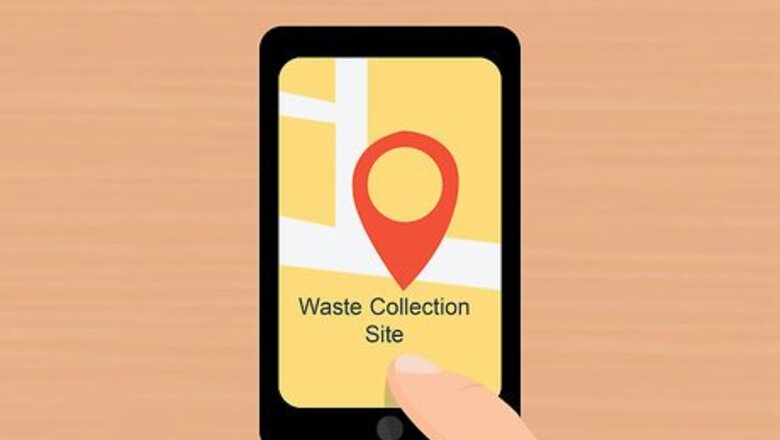
views
Finding the Proper Place of Disposal

Look up your local hazardous waste collection site. If you decide that you want to dispose of your kerosene, you'll need to find a household hazardous waste collection site sponsored by your local waste district. Look in the yellow pages or online to find the one nearest to you.

Call you local disposal companies. First, ask them if they accept kerosene. If they do, ask if you'll need to drop your kerosene off or if they'll come pick it up from you house. If necessary, make an appointment for them to pick up your kerosene or for you to drop it off. Ask them if there is a disposal fee. There is sometimes a disposal fee for toxic waste, so it's good to know beforehand.

Use collection days to have unused kerosene picked up. Taking advantage of community waste collection days is a great way to manage hazardous household waste without harming the environment. Collection days are typically sponsored by a local government agency. Go online to look up your community waste collection day to find out the date, drop off location, and the materials that the program will accept.
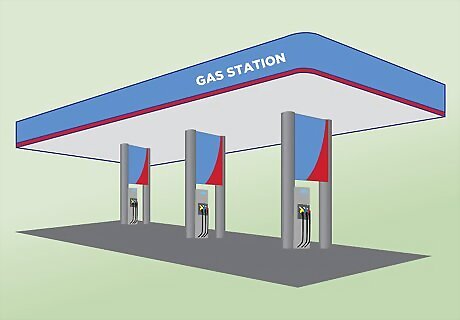
Take your unused kerosene to a service station that accepts unwanted fuel. Most service stations (gas stations) accept used or unwanted motor oil, but some may also accept kerosene. If you find a station that does accept kerosene, make sure you deliver it in a properly marked container so that it does not get confused for any other type of gasoline or oil. It's best to call service stations in advance to see if they accept kerosene.

Contact your local fire department or local government if you cannot find a hazardous waste collection site. They will be able to point you in the right direction to safely dispose of your kerosene. Some fire stations may even accept your unwanted kerosene.
Using Your Kerosene
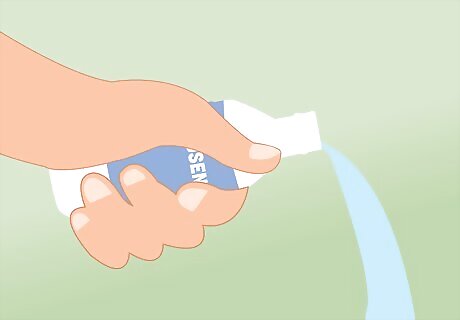
Use up all of your kerosene. When you use all of a product, there will not be any hazardous waste left over. For this reason, don't buy a gallon of kerosene when you know you won't be using the whole bottle. Large containers may seem more cost-efficient, but you'll have leftover kerosene to deal with. Then, you'll have to properly dispose of the leftover kerosene so as not to harm people or the environment.
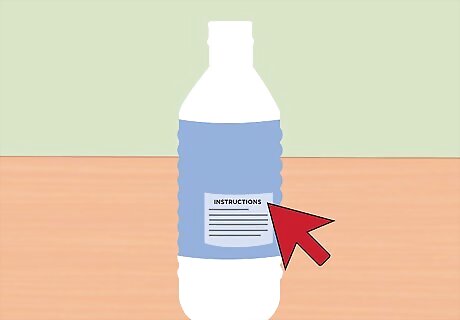
Read the instructions on your kerosene bottle. Kerosene is used to supply light for kerosene lamps, and is sometimes used for cooking gas in portable stoves. Reading the instructions when using a stove or lamp that burns kerosene will help you purchase the right amount of kerosene, so as not to waste any. Reading the instructions will also give you details tips on how and where to store your kerosene.

Donate excess kerosene to neighbors or local charities who may need it. If you accidentally buy too much kerosene, ask your friends, neighbors, or local charity if they need any. It's best to put the kerosene to use before it goes bad and has to be disposed of.
Storing Your Kerosene Properly
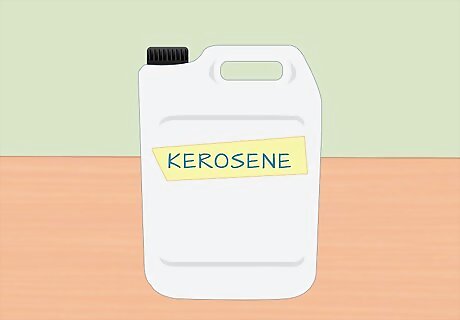
Make sure to store your kerosene in a safe container labeled for kerosene or flammable liquid. Kerosene containers must also be provided with an approved label, as required by federal and state authorities. Storing kerosene in anything other than an approved container is strictly prohibited for safety reasons.

Store your kerosene in a safe place. Since kerosene is a flammable liquid, it should be stored at room temperature and away from potential heat sources like the sun, hot water heaters, space heaters, furnaces, or ignition sources. This safety precaution will help keep you and your family safe in case of a spill.

Keep kerosene for one to three months. Storing kerosene for longer than three months can be dangerous, as the old fuel can break down and cause the growth of bacteria or mold. Ideally, you should buy high-quality kerosene in small quantities and store it in its original certified container. If you change the container of the kerosene, it might get mistaken for another substance – which could be dangerous. If you have kerosene left over after a few months, it's best for you to properly dispose of it.
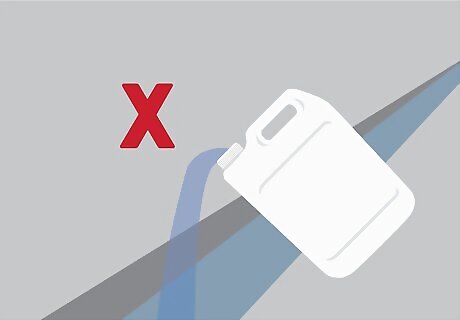
Don't throw your kerosene away – no matter how old it is. If you throw kerosene away, it will end up in landfills or incinerators, or may even be dumped into rivers. When kerosene is disposed improperly, it can poison the air, soil, water, wild animals, and even people and their pets.




















Comments
0 comment